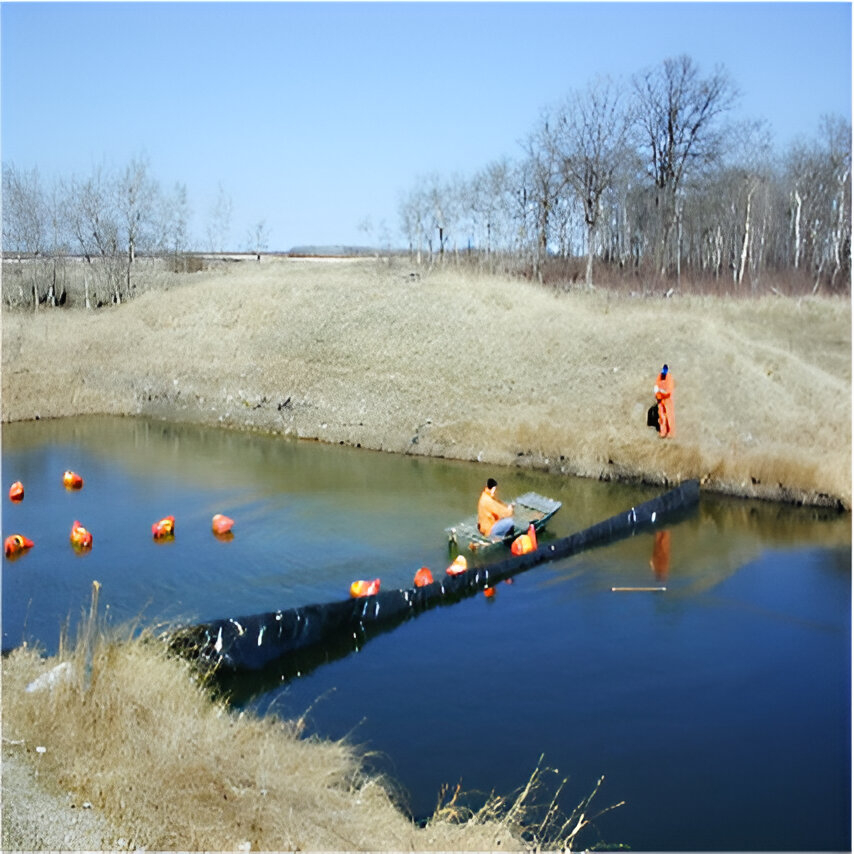
algae, and aquatic plants







Allelopathy is a natural process through which certain plants produce chemicals that affect the growth or development of other nearby plants or organisms. This can benefit the plant producing these substances by helping prevent competition for resources such as water and nutrients. However, it can also harm other plants growing nearby.
Allelopathic compounds can be classified as secondary metabolites and are released through volatilization, leaching, root exudation, and decomposition of plant residues. They act as natural herbicides; they often have multiple sites of action and diverse effects on targeted organisms.